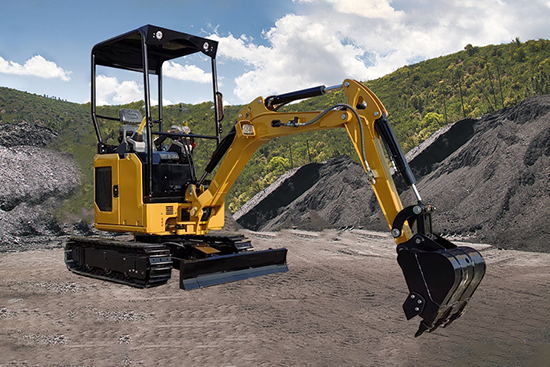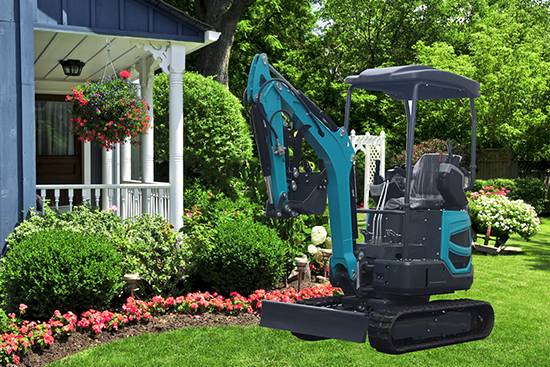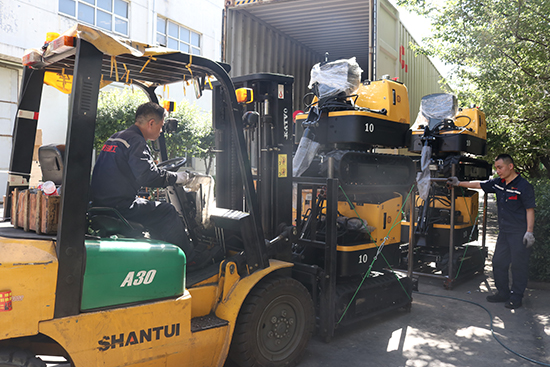Welcome to Jining Yizhan International Trade Co., Ltd
How to Maximize the Performance of a Compact Excavator
To push a compact excavator to its full potential, focus on operational techniques, maintenance, versatility, and planning. Here’s a detailed guide tailored for Western operators and worksites:
1. Master Advanced Operating Techniques
Smooth Control
Avoid jerky lever movements; use gradual inputs to reduce hydraulic stress.
Practice combined motions (e.g., boom, arm, and bucket synchronized) for efficiency.
Terrain Adaptation
Use track pads/mats on soft ground; adjust counterweight positioning on slopes.
Stabilize the machine by lowering the blade or tilting the bucket when working on uneven surfaces.
Smart Digging
Layer-by-layer excavation: Remove material in stages to avoid overloading the bucket.
Utilize the bucket’s side edge for grading or trench cleaning.
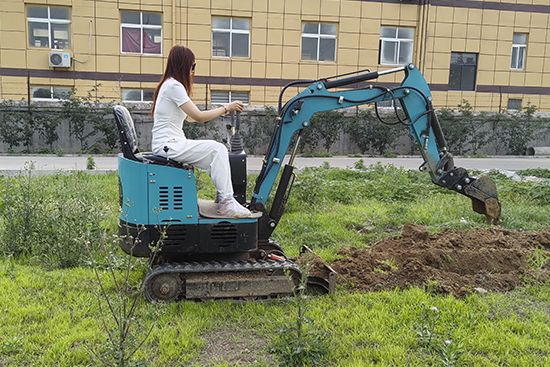
2. Rigorous Maintenance Practices
Daily Checks
Inspect hydraulic fluid, coolant, and filters. Clear debris from tracks and undercarriage.
Check for leaks, loose bolts, or worn pins.
Scheduled Servicing
Replace hydraulic oil, engine oil, and filters per manufacturer guidelines (typically every 500 hours).
Lubricate joints (bucket pins, swing bearings) to prevent premature wear.
Proactive Repairs
Address unusual vibrations, noises, or reduced power immediately. Monitor hydraulic hose integrity and cylinder seals.
3. Expand Versatility with Attachments
Quick Coupler Compatibility
Hydraulic Breaker: Crush concrete/rock.
Grapple/Clamp: Handle logs, scrap, or pipes.
Auger: Drill holes for fencing or foundations.
Angle Tilt Bucket: Precision grading.
Swap attachments for specialized tasks:
Beyond Digging
Add a lifting eye for light crane work (stay within load limits).
Use a ripper/soil loosener for agricultural or landscaping tasks.
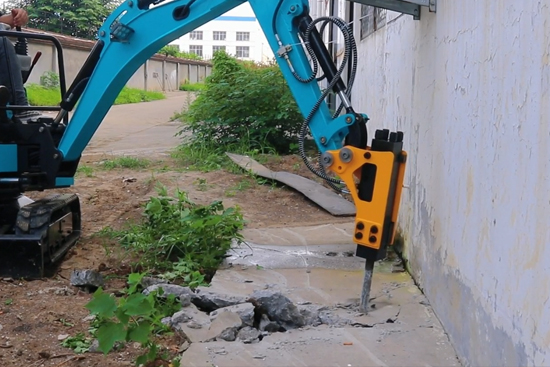
4. Optimize Job Site Efficiency
Plan Strategically
Map out work zones to minimize repositioning.
Group similar tasks (e.g., dig all trenches before backfilling).
Time Management
Avoid prolonged operation in extreme heat to prevent overheating.
Equip LED lights for safe night shifts.
5. Safety & Load Discipline
Respect Capacity Limits
Never force the machine to dig beyond its breakout force.
Keep loads low during transport to maintain stability.
Hazard Awareness
Avoid unstable ground (e.g., one-track悬空).
Locate underground utilities and overhead hazards before digging.
6. Tech Upgrades & Customization
Smart Add-Ons
Install telematics/GPS for real-time monitoring of fuel usage and productivity.
Use wireless remote control for hazardous environments.
Performance Tuning
Switch engine modes (Eco/Power) based on workload.
Upgrade hydraulic flow/pressure (consult OEM guidelines).
7. Operator Training & Team Coordination
Skill Development
Train operators on simulators for complex scenarios.
Teach troubleshooting (e.g., diagnosing hydraulic issues via fluid analysis).
Crew Collaboration
Sync with dump trucks or skid steers to eliminate downtime.
Brief teams on daily goals to streamline workflows.



